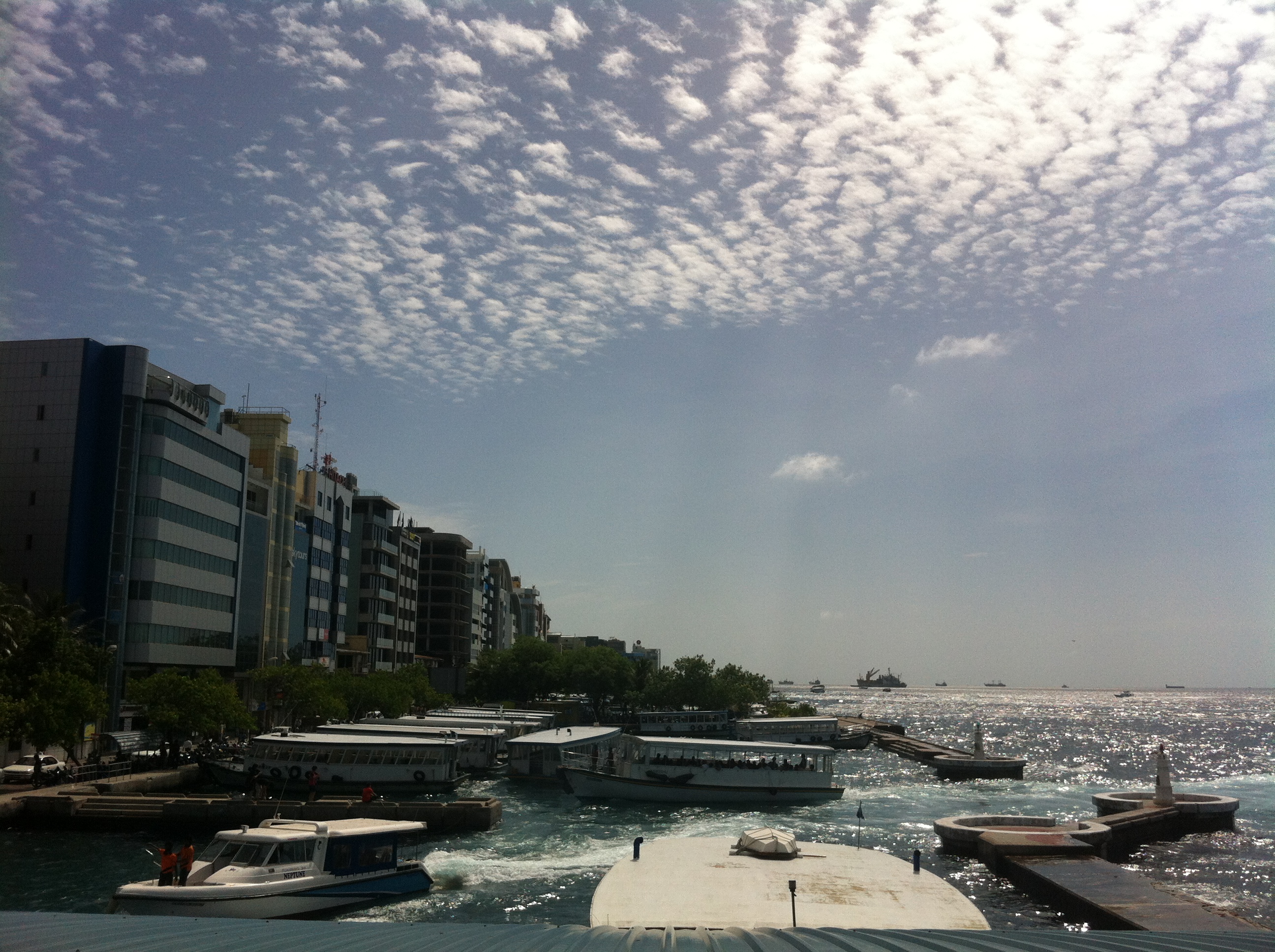One of the topics I am passionate about is food wastage. In an ideal world we would show respect to our food and have none of it go in the bin.
Recently I was able to team up with Love Food Hate Waste (https://lovefoodhatewaste.co.nz) as part of Wellington on a Plate and hold a cooking demonstration on how to use up some of the most commonly usable but thrown away household food items.
According to the Love Food Hate Waste website: “New Zealanders throw away 122,547 tonnes of food a year. That is equivalent to 213 jumbo jets of food that has to go somewhere to rot, instead of being eaten. All of this food is worth about $872 million each year. That amount of food could feed the population of Dunedin for two years!” That’s only in New Zealand, globally “one third of food produced globally is wasted; that is 1.3 billion tonnes of food that is never eaten.” That to me is just mental and we can all do (and should) do our part by reducing our waste as much as possible. Shared here are some of the recipes that use some of LFHW’s top ten chucked out food items that you can try at home.


- 700g Fish fillets
- 150ml White wine
- 2 Lemons juice/zest
- ¼ Onion
- 150g Butter
- Salt and pepper
- 500g Potato
- 100g Butter
- 75ml Cream
- 20ml Truffle oil (optional)
- Salt and white pepper
- 200g Peas
- ½ Lettuce
- 1/2C Chicken stock
- 40g Butter
- Salt and pepper
- Left over chicken frame/bones
- Vegetable offcuts and ends (carrot, onion, leek, celery, garlic)
- Any herb stalks (thyme, rosemary, parsley)
- Peppercorns (optional)
- Finely dice the onion and add to a small pot along with the white wine and the juice and zest of one lemon and simmer until reduced by ¾. Dice the cold butter and over a very low heat whisk onto the wine reduction piece by piece to emulsify. Season with salt and pepper and the juice from the remaining lemon if you want more of a lemon flavour.
- Peel and cut up the potatoes into even sized pieces so they cook at the same rate then place them in a pot of cold salted water and bring to the boil and cook until tender. In another pot heat the butter and milk together. Drain the potatoes and return to the pot, stirring over heat until they become fluffy. Mash with a potato masher or use a ricer or meuli. Fold in the hot cream butter mix and the truffle oil (if using) and season to taste.
- Boil the peas until cooked, add to a pan or pot with ¼ of the butter. Add the chicken stock and reduce by 2/3 then shake in the remaining cold diced butter to emulsify. Finely shred the lettuce and add to the pea mix to wilt and warm through. Season to taste.
- In a pot place your left over chicken frame along with any vegetable off cuts or trimmings (and peppercorns) and cover with cold water. Bring to the simmer and leave to simmer for 4 hours. Pass through a sieve and you have chicken stock to use in any recipe you like such as soups, sauces, stews/curries, noodle broth etc.







